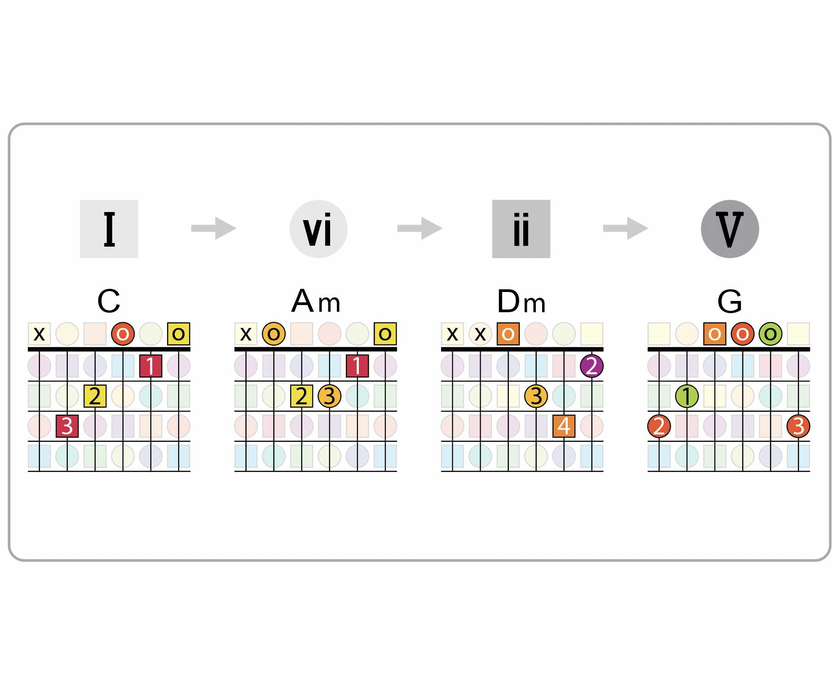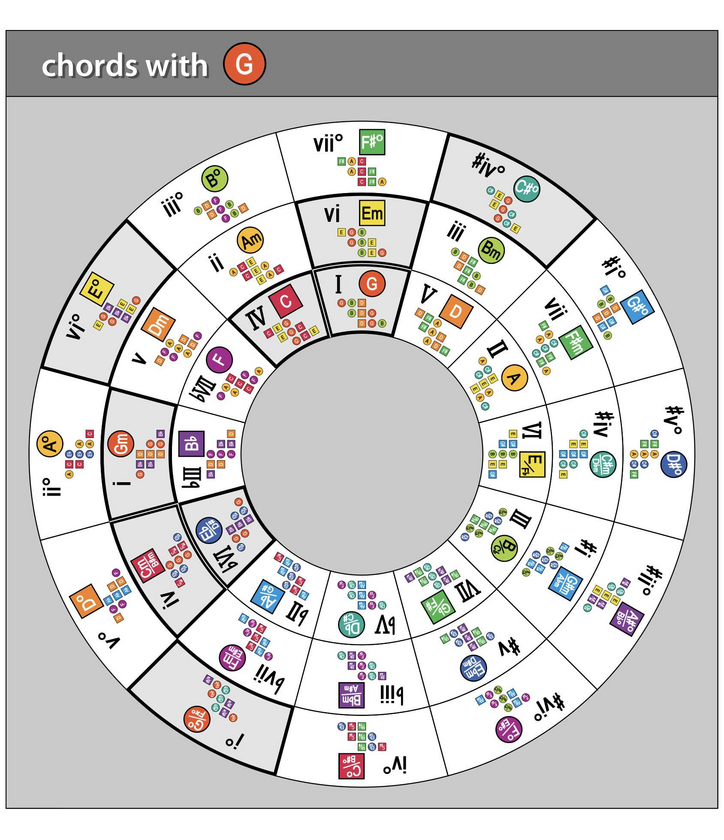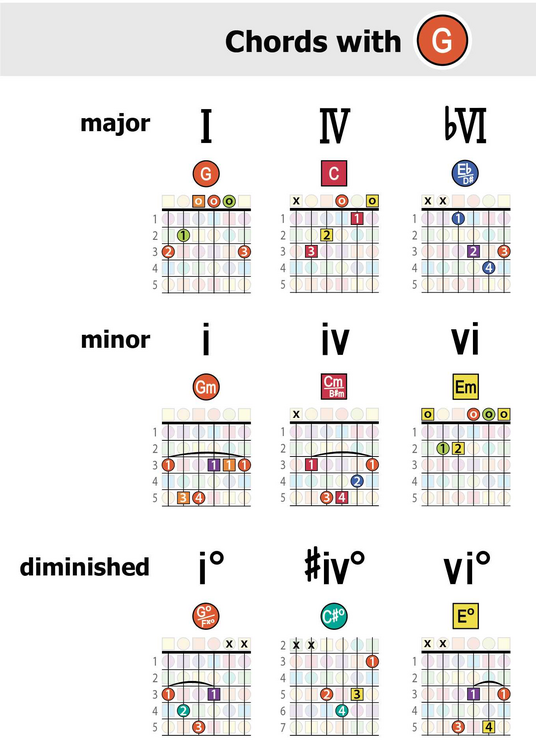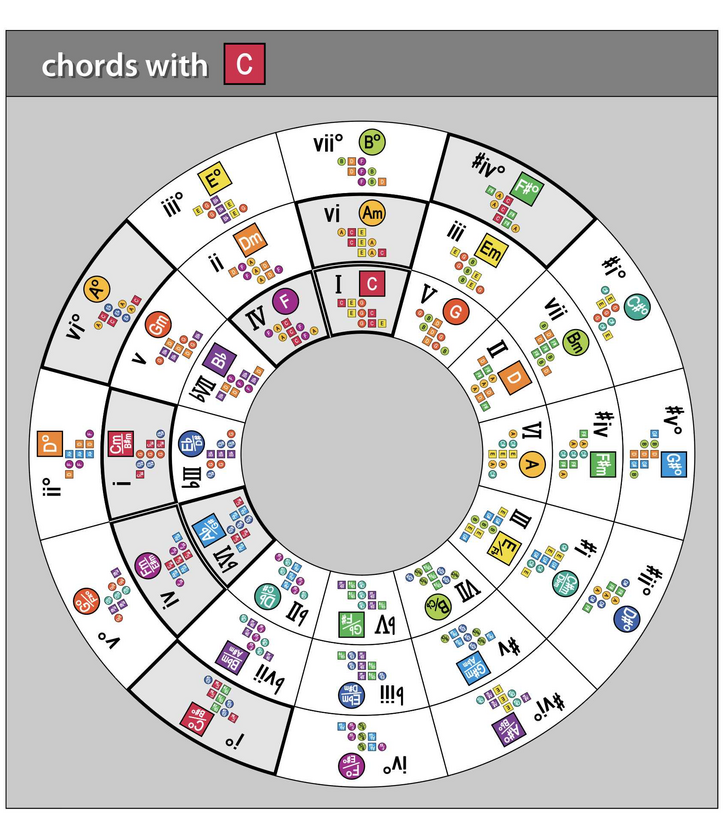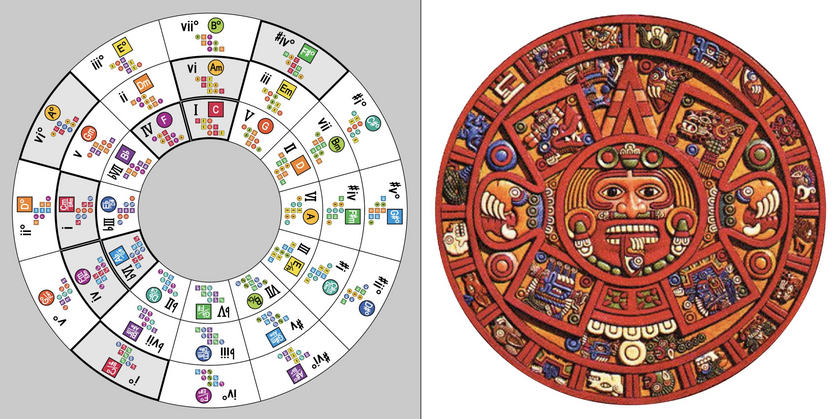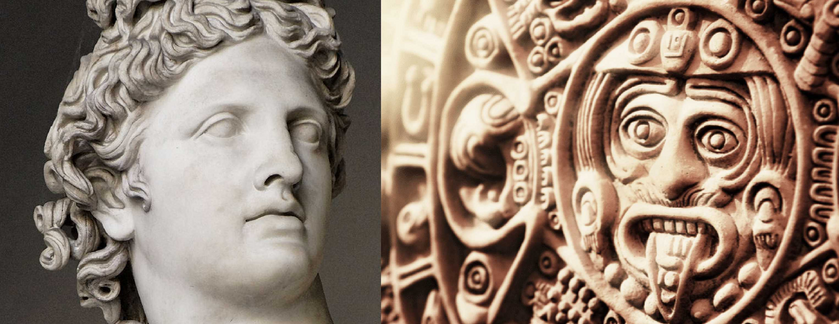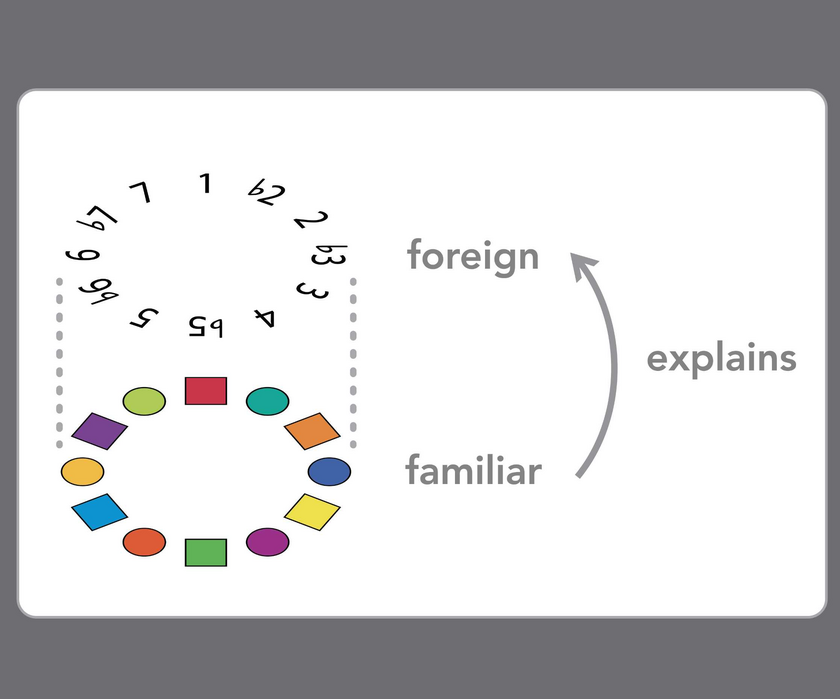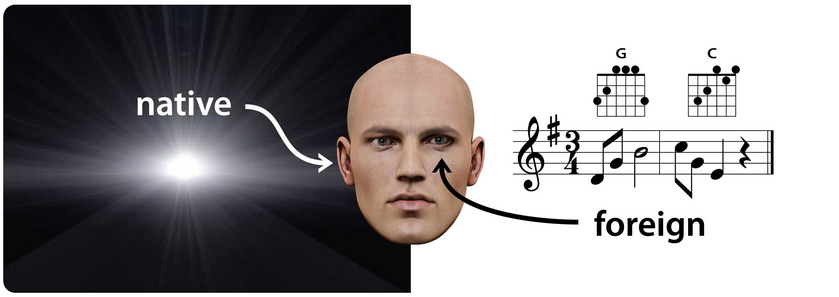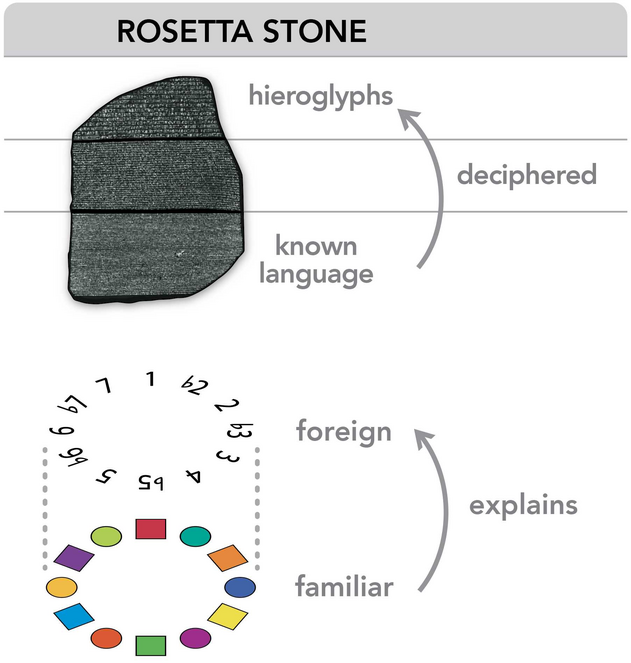How do you write chord progressions on the guitar? Here's a crash course on the basic theory behind composition ... in 4 steps.
STEP 1:
First, you need chords. But which ones?
Many folks take a random approach. They strum a few chords they've learned, put them into a sequence, and then hope they'll sound nice. But the result is hit and miss ... often miss.
The trick to getting more hits -- to hitting a streak of progressions that always sound good -- is to pick harmonies that naturally go together. That is, to use chords that are compatible with one another.
And you do this by starting with the set of chords in a given key and mode -- like these in the C Ionian mode, for example (a.k.a., the key of C major):

These chords are compatible because they all stem from the same source scale. Which, in this case, is the C major scale: C D EF G A BC.
When you start on each respective scale degree (1, 2, 3, etc.) and combine every other note, you get 7 distinct chords. Together, these chords form a set ... like a audible palette of harmonies you can use to paint sonic pictures.
STEP 2:
The next step is to play these chords on an instrument. The table above shows the theory behind how each chord is formed, which is helpful. But to actually play these chords, you need an instrument -- like the guitar, for example. These are the same 7 chords (made from the same pattern of notes) as they appear on the fretboard:

STEP 3:
Once you can play these chords, the next step is to arrange them in different ways to make chord progressions. But how? Let's take a look....
